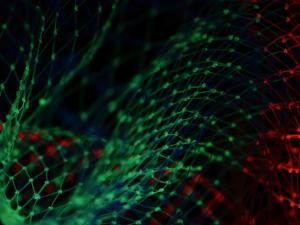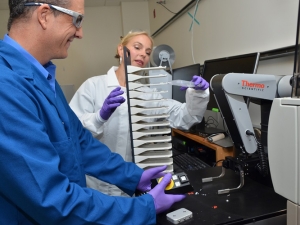

Research Bio
Hillel Adesnik is a neuroscientist whose research focuses on sensory processing, cortical circuits, and neural computation. He investigates how ensembles of neurons in the brain’s cortex encode perception and integrate sensory information. Adesnik’s lab uses optical imaging, electrophysiology, and optogenetics to reveal how neural networks generate behavior. His research contributes to understanding cognition and the neural basis of perception.
He is a Professor of Neurobiology in the Department of Neuroscience at UC Berkeley and affiliated with the Helen Wills Neuroscience Institute. He mentors students in systems neuroscience and neural circuits.
Research Expertise and Interest
neural basis of perception, neuroscience, neurobiology



